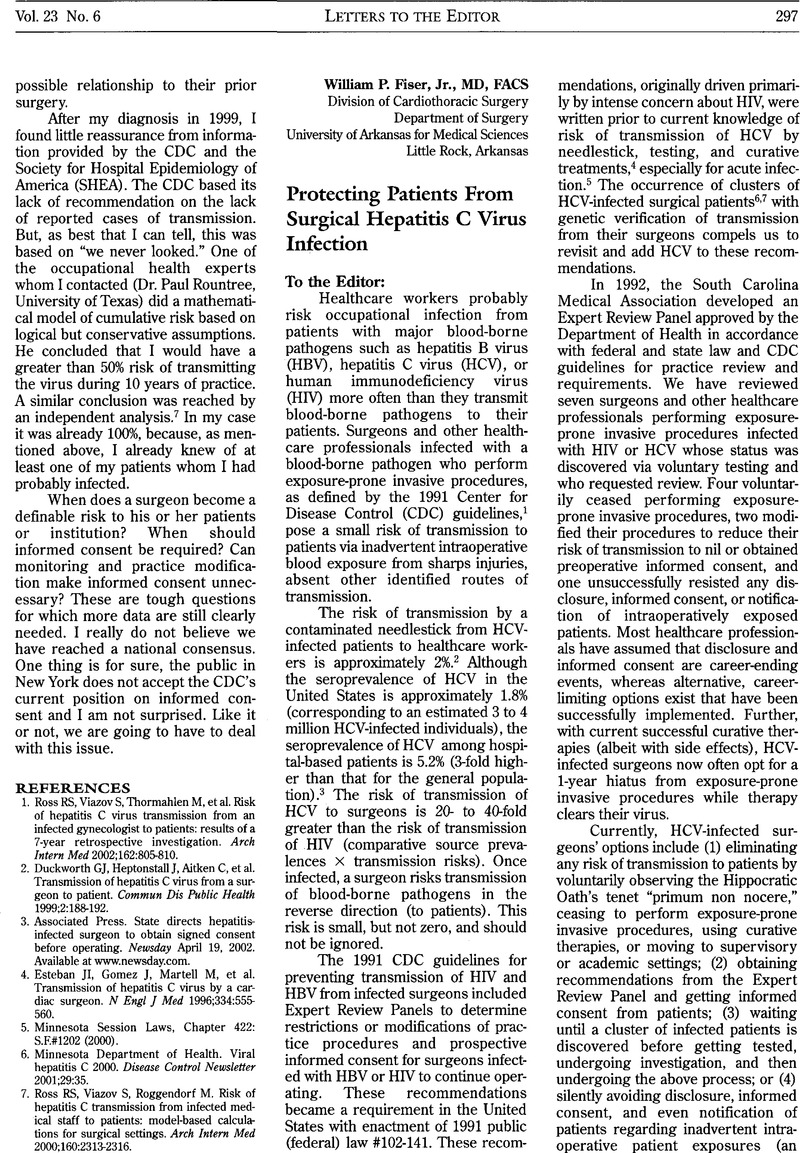Crossref Citations
This article has been cited by the following publications. This list is generated based on data provided by Crossref.
Stringer, Bernadette
2002.
Transmissions From Infected Healthcare Providers to Patients Are Medical Errors.
Infection Control & Hospital Epidemiology,
Vol. 23,
Issue. 11,
p.
638.
Perry, Jane L.
Pearson, Richard D.
and
Jagger, Janine
2006.
Infected health care workers and patient safety: A double standard.
American Journal of Infection Control,
Vol. 34,
Issue. 5,
p.
313.



